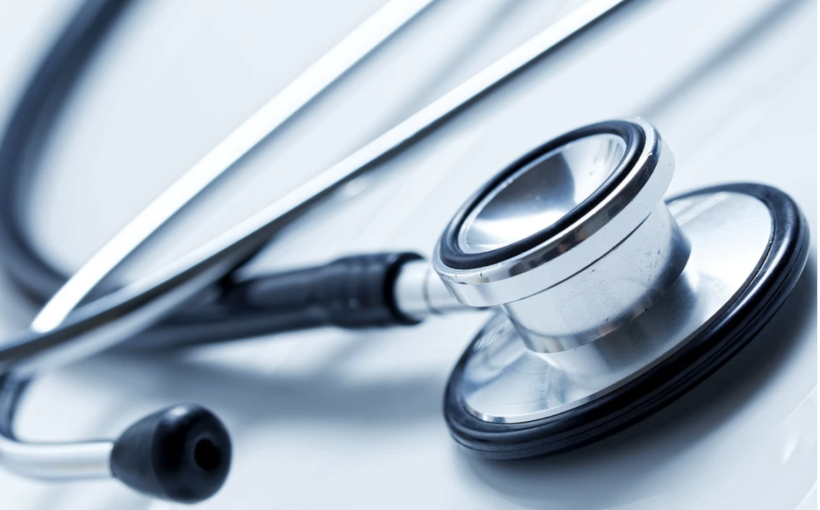This is an exciting time in health innovation. Yes, we face real challenges in meeting demand for care, due to factors such as an aging population, shortages of healthcare professionals and the rise of non-communicable diseases. But we also see potential for several fields of technology to combine in ways that benefit patients. Healthcare is changing and Europe can be at the heart of this transformation.
One patent every 30 minutes. This is how fast the medical technology sector advances. Devices, diagnostics, data and digital health: the power of medical technology has the potential to redefine how healthcare is delivered. Existing solutions – not all yet available in Europe – and the upcoming medical innovations can empower Europe to improve and save lives. They can also put health systems on a more sustainable path forward.
One patient every 30 minutes. This is how fast the medical technology sector advances.
That’s the power of medical technologies. For patients, this translates into better outcomes. Consider how remote monitoring keeps people feeling safe even a hospital distance; how advances in surgery accelerate recovery; how timely diagnosis facilitates prompt treatment that increases not only survival rates, but also quality of life.
With the benefit of long-established medical solutions and exciting innovations on the horizon, medical technologies can offer solutions for patients, healthcare professionals and healthcare systems. By supporting the development and launch of more medical technology here in Europe, people can look forward to swift and more equitable access to cutting-edge health technologies.
The medical technology industry is one of Europe’s most innovative sectors, adding value to people’s lives and health systems, while creating jobs and driving exports. Europe’s 37,000 medical technology companies – 90% of which are small and medium-sized enterprises – invest heavily in innovation and employ more than 880,000 people. For context, that’s on par with the population of Zagreb.
These companies deliver a range of everyday solutions such as sticking plasters, syringes and surgical masks, as well as advanced technologies that include genetic tests, implantable heart valves and pacemakers, as well as a wide array of digital health solutions. Many patients receiving healthcare, whether at home, in the community or in a hospital, are likely to encounter several medical technologies on their journey.
In fact, the chances are that you and your family have benefited from some of these products. Sometimes, we use these tools without giving a second thought to how they were developed. Or our doctors, nurses and pharmacists harness their power to improve our care in ways we do not see – in the lab, for example, or in the operating room.
The medical technology industry is one of Europe’s most innovative sectors, adding value to people’s lives and health systems, while creating jobs and driving exports.
The power of medical technology stems from the millions of ways, big and small, that people across Europe encounter medical technologies. It is about the power of movement, the power of data, the power of protection, the power of independence and the ways this power brings efficiency to our valued health systems.

Health is also the answer to boosting Europe’s competitiveness
Boosting Europe’s competitiveness is on everyone’s lips. Let’s remember that, beyond delivering immense social benefits, better health promotes economic growth by boosting productivity. Health as an investment in economic growth should also be part of the current political discussion as a way forward.
Let’s remember that, beyond delivering immense social benefits, better health promotes economic growth by boosting productivity.
Innovation continues to be critical to tackling diseases without a known cure, as well as to help us increase uptake and adherence to interventions that deliver positive patient outcomes. Health is part of the answer to boost Europe’s competitiveness.
Europe now has five years to put patients at the heart of the conversation and harness new waves of technology to deliver a bright and healthier future – a future where our health systems can meet the immediate and long-term needs of the population in a way that is resilient to future shocks over the long term.
We have an unprecedented opportunity to build better, safer, more sustainable health services. Let’s take it together.



